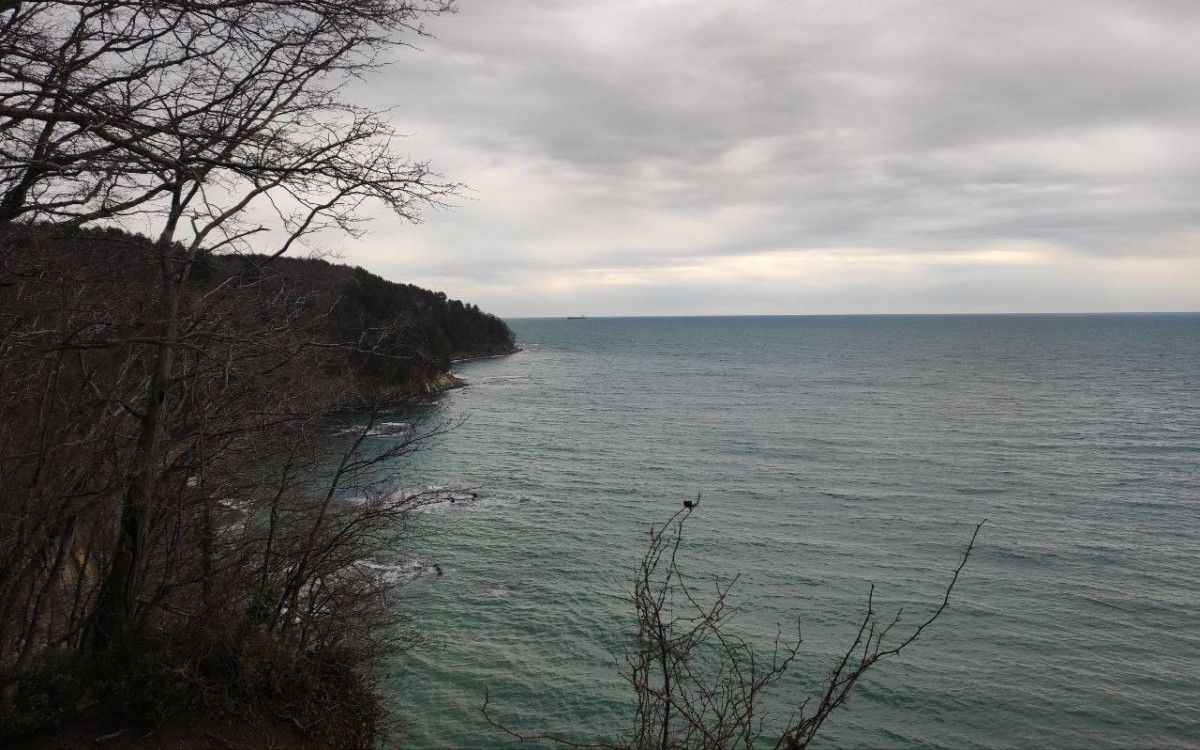Rescuers found the bodies of three men in the Tuapse district and near Gelendzhik.
The first tragedy occurred in the village of Olginka near Naberezhnaya Street. A deceased man born in 1962 was pulled from the sea. Eight rescuers and three pieces of equipment worked at the scene.
Two more cases were recorded in the village of Kabardinka. One body was pulled from the sea in the area of Revolyutsionnaya Street. The deceased was a man born in 1973. Another drowned man was found on the coast near Kornitskogo Street; he was 45 years old. In each case, six rescuers and two pieces of equipment worked on site.
Investigative measures are currently being carried out for all three incidents. A total of 12 people drowned in the water bodies of Kuban over the week.
Residents and guests of the region are asked to follow simple rules:
- do not swim in prohibited areas;
- do not enter the water while intoxicated;
- young children should swim under the continuous supervision of adults;
- do not jump into the water from boats, motorboats, piers, and other structures not intended for this;
- monitor weather conditions, do not swim during heavy waves, storms, or thunderstorms.
Also read: a tourist in Gelendzhik, a criminal case has been initiated.
Black Sea
The Black Sea is a major inland sea located between Southeastern Europe and Western Asia, historically serving as a vital crossroads for trade, cultural exchange, and conflict for civilizations from the Greeks and Persians to the Ottomans and Russians. Its unique anoxic layer, which prevents life below certain depths, has also preserved ancient shipwrecks, offering an extraordinary underwater archaeological record.
Kuban
Kuban is a historical and geographical region in southern Russia, centered around the Kuban River. It was traditionally inhabited by Circassian peoples before becoming a Cossack host land in the late 18th century following its conquest by the Russian Empire. The region is known for its fertile black soil and its distinct Cossack culture.
Tuapse district
The Tuapse district is a coastal region in Russia’s Krasnodar Krai, historically inhabited by Circassian peoples before being annexed by the Russian Empire in the 19th century. It is now a major transport hub and a popular tourist destination on the Black Sea, known for its beaches, sanatoriums, and surrounding Caucasus mountain scenery.
Gelendzhik
Gelendzhik is a popular resort city on Russia’s Black Sea coast, known for its picturesque bay and pebble beaches. While its modern history as a spa town began in the early 20th century, the area has a much deeper past, with ancient Greek settlements and a Genoese fortress existing on its territory centuries ago.
Olginka
I am unable to identify a significant, widely recognized cultural or historical site named “Olginka.” It is likely a misspelling, a very localized place name, or a reference to a personal or lesser-known location. For an accurate summary, please verify the correct spelling or provide additional context.
Naberezhnaya Street
Naberezhnaya Street (Набережная улица) is a common name for embankment streets found in many historic Russian cities, most famously along the Moskva River in Moscow and the Neva River in Saint Petersburg. These streets were historically developed along riverbanks for trade and transport, and they often feature significant architectural landmarks. Today, they are popular promenades offering scenic views of a city’s riverside and its historical buildings.
Kabardinka
Kabardinka is a coastal resort town on the Black Sea in Russia’s Krasnodar Krai. It was founded in 1836 as a fortress by the Kabardian people, a subgroup of the Circassians, after the Russo-Circassian War. Today, it is a popular destination known for its pebble beaches and sanatoriums.
Revolyutsionnaya Street
Revolyutsionnaya Street (Revolution Street) is a common name for central thoroughfares in many cities across Russia and other post-Soviet states, originating after the 1917 Russian Revolution. These streets were typically renamed to honor the new Soviet government, often replacing their previous imperial or religious names. Today, they serve as major commercial and historical arteries in their respective cities.






